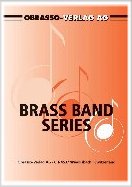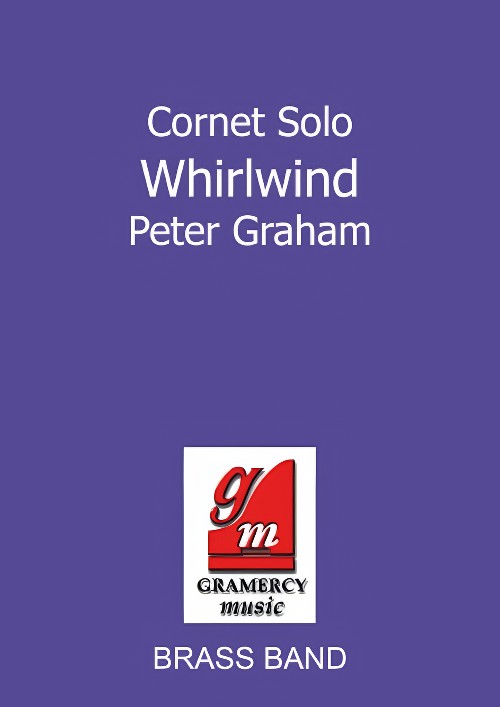We've found 1000 matches for your search. Order by
Results
-
 £50.90
£50.90WAVE (Eb Horn Solo with Brass Band) - Jobim, Antonio Carlos - Smith, Sandy
Grade: Medium.
Estimated dispatch 7-14 working days
-
 £37.95
£37.95WAY WE WERE (Golland) (Flugel Horn Solo with Brass Band) - Golland, John
Estimated dispatch 7-14 working days
-
 £54.20
£54.20WE THREE KINGS (Euphonium Solo with Brass Band) - Freeh, Mark
Grade: Medium.
Estimated dispatch 7-14 working days
-
 £50.90
£50.90WEDDING, The (La Novia)(Eb Horn Solo with Brass Band) - Prieto, Joaquin - Woodfield, Ray
Grade: Easy/Medium.
Estimated dispatch 7-14 working days
-
 £50.90
£50.90WHAT A WONDERFUL WORLD (Flugel Horn Solo with Brass Band) - Fernie, Alan
Grade: Medium.
Estimated dispatch 7-14 working days
-
 £50.90
£50.90WHAT KIND OF FOOL AM I? (Trombone Solo with Brass Band) - Smith, Sandy
Grade: Easy/Medium.
Estimated dispatch 7-14 working days
-
 £50.90
£50.90WHEN A CHILD IS BORN (Trombone Solo with Brass Band) - Barry, Darrol
Grade: Easy/Medium.
Estimated dispatch 7-14 working days
-
 £50.90
£50.90WHEN SHE LOVED ME (Flugel Horn Solo with Brass Band) - Newman, Randy - Smith, Sandy
from Toy Story 2. Grade: Easy
Estimated dispatch 7-14 working days
-
 £44.95
£44.95Whirlwind (Cornet Solo with Brass Band - Score and Parts) - Graham, Peter
An exciting cornet display piece, recorded by Roger Webster on Call of the Cossacks.
Estimated dispatch 7-14 working days
-
 £50.90
£50.90WILD CHERRIES (Xylophone Solo with Brass Band) - Snyder, Ted - Danford, David
Grade: Easy/Medium.
Estimated dispatch 7-14 working days
